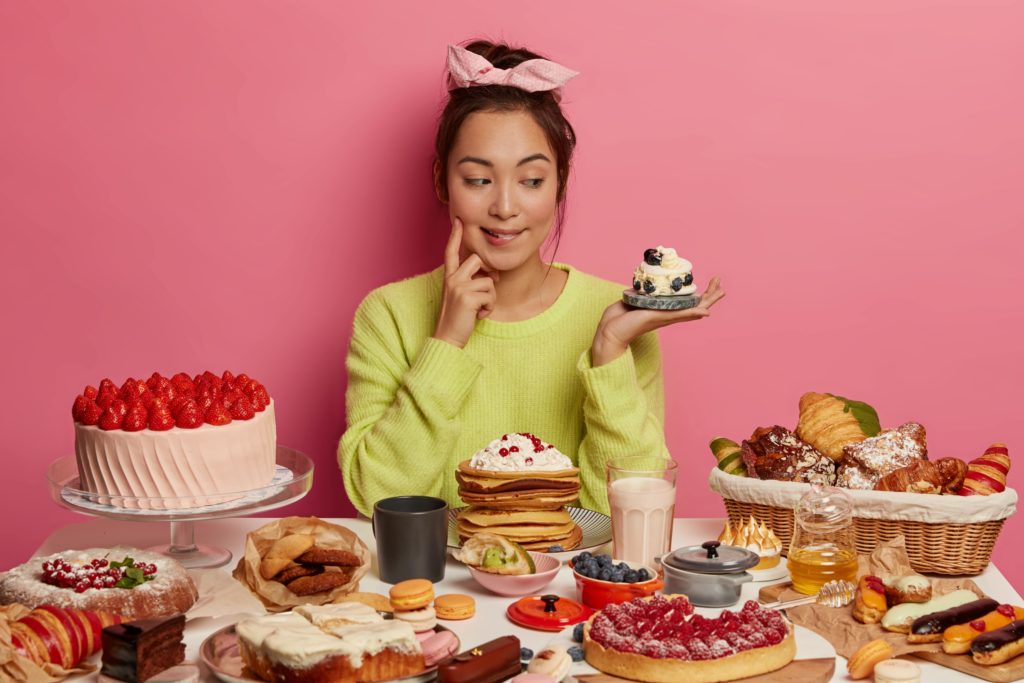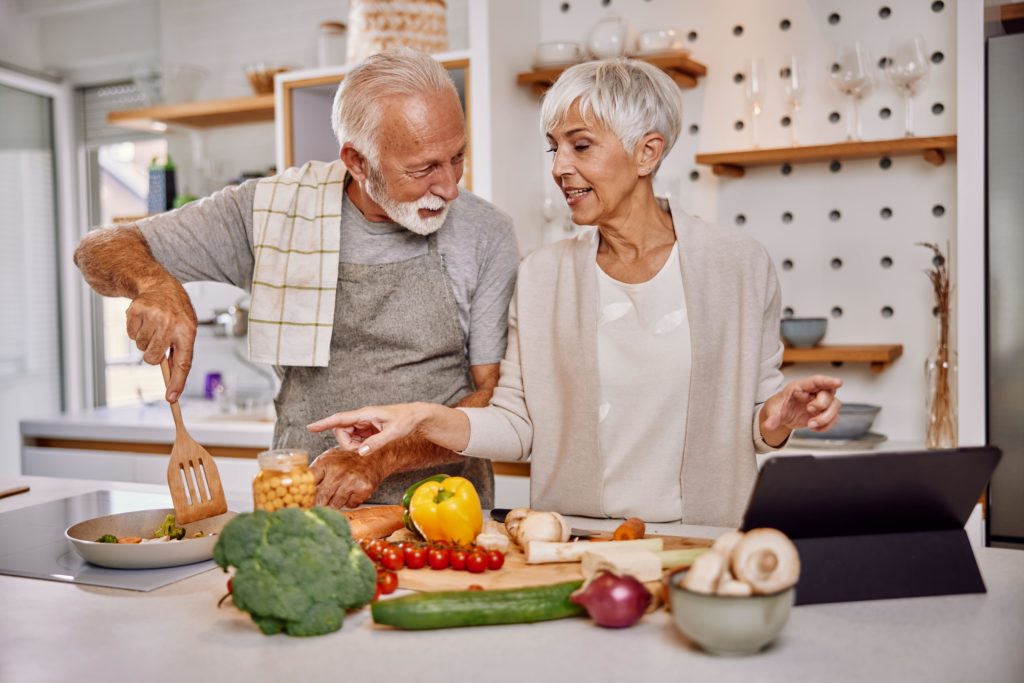Introduction to indulgence: Acknowledging indulgence as part of a healthy diet
“Prioritizing Pleasure” stands out as one of our Top Ten Trends for 2025, reflecting a broader consumer shift toward seeking reward, enjoyment, and escapism without guilt. In today’s uncertain environment, consumers increasingly view indulgence as a vital aspect of self-care. They recognize that a healthy diet encompasses a variety of foods and drinks, including the occasional treat in moderation. Notably, 58% of global consumers use indulgence as a means of self-care, while 45% associate a balanced diet with variety—highlighting the acceptance of indulgence as an integrated part of wellness.

Consuming indulgence on a budget
Despite a decreasing sensitivity to price, consumers in 2025 continue to navigate the challenges posed by rising living costs and inflation. Consequently, when indulging, they seek to maximize value. A practical method many employ is ensuring that splurges cause leftovers for later enjoyment, such as ordering takeaway with leftovers to savor over multiple days. Additionally, preparing comfort meals from scratch not only saves money but also reduces dependence on processed ingredients, enhancing both health and economic value. As a testament to this trend, 51% of global consumers have embraced cooking at home to save money.

Premium comfort: Elevating traditional offerings
In times of uncertainty, the quest for comfort and escapism through indulgence increases. About 65% of consumers report seeking small indulgences for self-care at least some of the time. The changing world drives people to value tradition, with 69% finding comfort in food that evokes nostalgia. In response, brands are premiumizing classic products to enhance perceived value, enticing consumers to indulge more freely or make impulsive purchases.
Retro mindset: Nostalgia for simpler times
In 2025, many consumers perceive the modern world as
fast-paced and overwhelmingly mass-produced, often lacking genuine connections.
Generation Z is a significant force in pushing back against this trend. Many
young people long for a time they never experienced—namely, the 1970s, 80s, and
90s—associating these decades with fun, simplicity, and freedom. This longing
has fueled the popularity of neo-vintage packaging, with 58% of global
consumers inclined to try products featuring distinctive, nostalgic designs.
Beyond packaging, Gen Z is reviving traditional social practices, such as hosting dinner parties to strengthen community ties. Other vintage-inspired trends include using disposable cameras to capture authentic moments, distancing themselves from the pressures of curated social media. Brands can capitalize on this nostalgia by introducing limited-time products that resonate with the vintage aesthetic, appealing to a generation eager for genuine connections and experiences.

